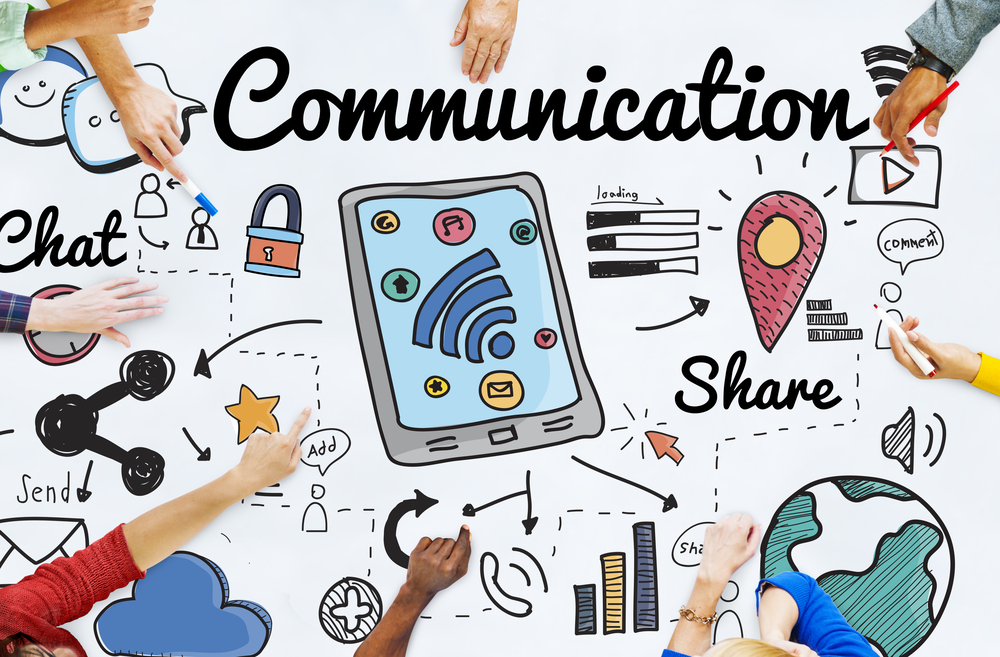

How Technology is Enhancing Workplace Collaboration and Communication
In today’s fast-paced and interconnected business landscape, effective collaboration and communication are essential for success. Gone are the days of traditional, hierarchical workplaces where information flowed slowly and decision-making was a top-down process. The modern workplace is characterized by global teams, remote workers, and a constant need for real-time communication and collaboration.
Fortunately, technology has risen to the challenge, revolutionizing the way we work together and interact with each other. From instant messaging apps to virtual reality conferencing tools, technology is transforming the workplace, making it more efficient, productive, and collaborative. In this article, we’ll explore the ways in which technology is enhancing workplace collaboration and communication.
The Rise of Collaboration Tools
One of the most significant ways technology has improved workplace collaboration is through the development of collaboration tools. These platforms enable team members to work together on projects, share files, and track progress in real-time. Examples of popular collaboration tools include Slack, Microsoft Teams, and Asana.
These tools have replaced traditional email chains and lengthy meetings, allowing teams to work more efficiently and effectively. They also facilitate global communication, enabling teams to work together seamlessly across different time zones and locations.
The Power of Video Conferencing
Video conferencing has become an essential tool in modern workplaces, enabling teams to hold virtual meetings and collaborate in real-time. Tools like Zoom, Google Meet, and Skype have made it possible to connect with colleagues and clients from anywhere in the world.
Video conferencing has numerous benefits, including:
- Reduced travel costs and increased productivity
- Improved communication and collaboration
- Enhanced relationships and trust-building
- Increased flexibility and work-life balance
Instant Messaging and Chat Apps
Instant messaging and chat apps have revolutionized the way we communicate in the workplace. Tools like WhatsApp, WeChat, and Facebook Messenger have made it possible to send quick messages, share files, and collaborate on projects in real-time.
These apps have become an essential part of modern workplaces, enabling teams to communicate quickly and efficiently. They’re particularly useful for remote workers, who can stay connected with colleagues and receive updates on projects and tasks.
Virtual Reality and Augmented Reality
Virtual reality (VR) and augmented reality (AR) are transforming the way we collaborate and communicate in the workplace. These technologies enable teams to interact with each other in immersive, interactive environments.
VR and AR are being used in various industries, including:
- Education and training: VR and AR are being used to create immersive, interactive training experiences.
- Product design: VR and AR enable designers to collaborate on product design and prototyping.
- Healthcare: VR and AR are being used to enhance patient care and medical training.
The Importance of Cybersecurity
As technology continues to enhance workplace collaboration and communication, cybersecurity becomes an increasingly important concern. With more data being shared and stored online, businesses must ensure they have robust cybersecurity measures in place to protect against cyber threats.
This includes:
- Implementing robust password management systems
- Conducting regular security audits and penetration testing
- Providing employee training and awareness programs
- Implementing encryption and secure data storage practices
The Future of Workplace Collaboration and Communication
As technology continues to evolve, we can expect to see even more innovative solutions emerge. Some of the trends that will shape the future of workplace collaboration and communication include:
- Artificial intelligence (AI) and machine learning (ML): AI and ML will enable more efficient and effective collaboration, automating tasks and streamlining processes.
- The Internet of Things (IoT): IoT will enable more seamless communication and collaboration, connecting devices and people in new and innovative ways.
- 5G networks: 5G networks will enable faster, more reliable communication, enabling teams to collaborate in real-time from anywhere in the world.
Conclusion
Technology has revolutionized the way we work together and interact with each other in the workplace. From collaboration tools and video conferencing to instant messaging and chat apps, technology has enabled teams to work more efficiently, productively, and collaboratively.
As technology continues to evolve, we can expect to see even more innovative solutions emerge. By embracing these technologies and trends, businesses can stay ahead of the curve, drive growth and success, and create a more collaborative and connected workplace culture.




